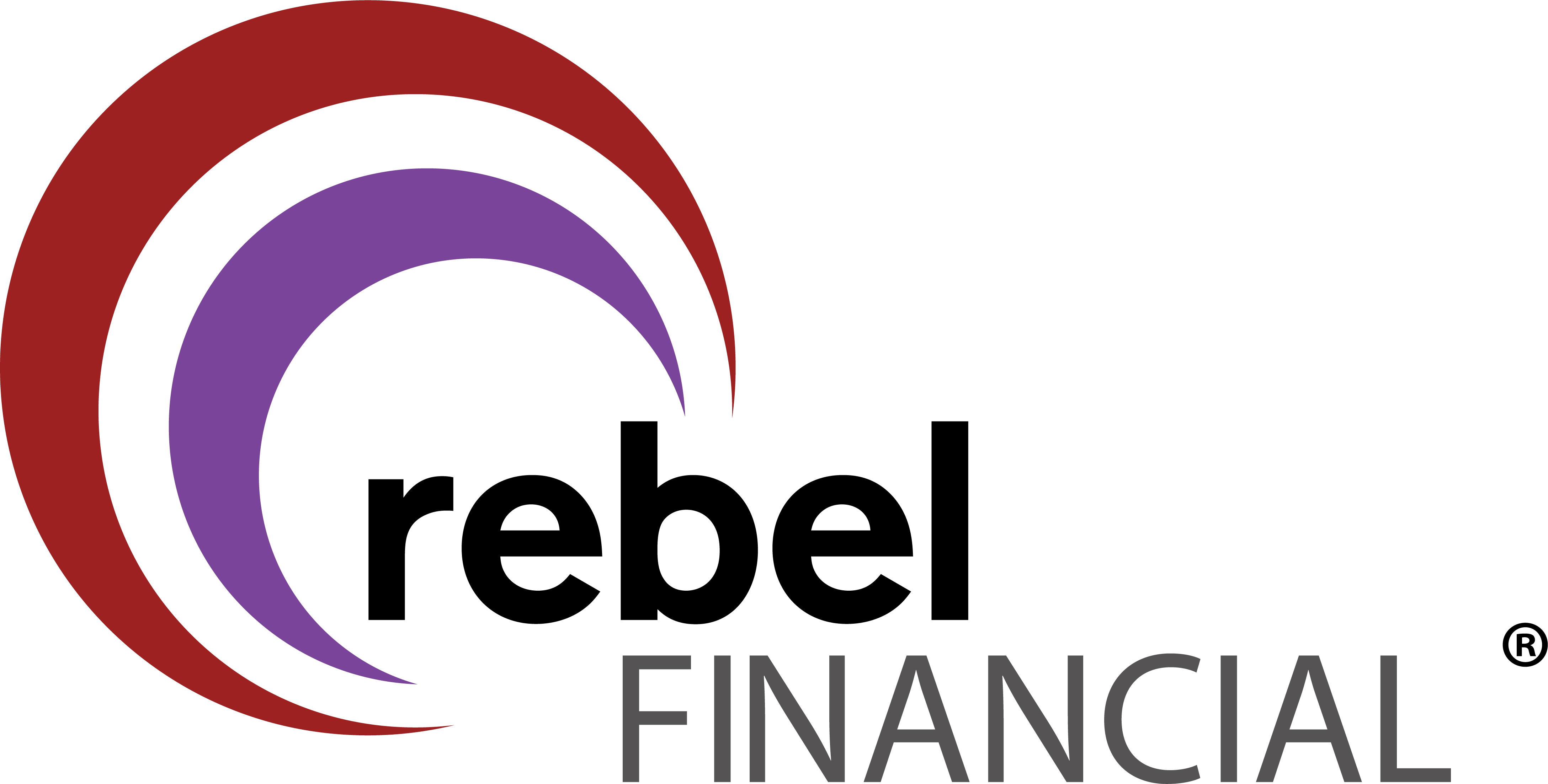 The number of Americans covered by high-deductible health plans (HDHPs)/health savings accounts (HSAs) rose to about 19.7 million in 2015 — up from 17.4 million in 2014. On average, enrollment in HDHPs/HSAs has risen nearly 22% over the past two years.1 If you are new to HSAs and eager to take advantage of all the potential benefits they have to offer, keep the following in mind as you familiarize yourself with your account this year.
The number of Americans covered by high-deductible health plans (HDHPs)/health savings accounts (HSAs) rose to about 19.7 million in 2015 — up from 17.4 million in 2014. On average, enrollment in HDHPs/HSAs has risen nearly 22% over the past two years.1 If you are new to HSAs and eager to take advantage of all the potential benefits they have to offer, keep the following in mind as you familiarize yourself with your account this year.
For Immediate Use. HSAs help to cushion the effect of high upfront medical costs, but in order to take advantage of your account it must be funded. According to industry experts, having an open account is not enough. You must have money in the account — even a few dollars — in order for it to be considered a valid source of tax-advantaged funding. If you wait until a medical bill arrives to fund your HSA for the first time, you may well miss out on its key benefit.
Triple Tax Savings. HSAs are typically offered in conjunction with high-deductible health plans to help offset the burden of out-of-pocket medical expenses that must be incurred before the deductible is met and the insurance policy kicks in. They do this by offering tax savings three ways:
- Contributions made to the account are tax deductible up to certain limits or, if they are made through an employer program, they are made with pretax dollars.
- Any interest or investment earnings accrued on the money in the account is tax free.
- When withdrawals are used for qualifying medical expenses they are tax free.
An Investment Vehicle, Too. Not all HSAs are created equal. Some are simple savings accounts that offer a minimal rate of interest. Others allow you to invest your contributions as you would in a 401(k) or IRA. This potential investment feature, coupled with the fact that HSAs are not a “use it or lose it” vehicle, opens the door to viewing HSAs as another tool in an individual’s retirement funding arsenal.
For instance, because money can accumulate in the account indefinitely, it could be earmarked for future health care costs incurred in retirement. What’s more, if money in the account is not used by age 65, it can be withdrawn for any reason with no penalty, although taxes will be owed at then-current rates.2 For those who can afford to contribute money to an HSA and leave it to grow (electing instead to use non-HSA monies to pay for medical costs) an HSA has the potential to be a sound addition to a retirement savings strategy. Contribution limits for 2016 are $3,350 for an individual plan and $6,750 for a family plan. In either case, an extra $1,000 contribution is allowed for those over age 55.
Employer Perks. Akin to the 401(k) match, some employers contribute money to HSAs on behalf of their employees. Find out what your employer’s policy is with regard to HSA contributions and whether there is a Wellness Program in place that may offer additional savings incentives.
Shop Around for a Better Plan. If you are enrolled in an HDHP at work, chances are your employer also enrolled you in an HSA. But you need not stick with that HSA if you find another one that better suits your needs. You can essentially “roll over” your HSA assets to another plan by filling out the requisite paperwork and following the rules that are comparable to those governing 401(k) or IRA rollovers — i.e., a direct trustee-to-trustee HSA transfer. Similarly, if you withdraw the money and deposit it in a non-HSA account you will pay regular income tax on the amount plus a 20% additional federal tax.
This communication is not intended to be tax advice and should not be treated as such. Each individual’s tax situation is different. You should contact your tax professional to discuss your personal situation.
Source/Disclaimer:
1America’s Health Insurance Plans (AHIP), “2015 Census of Health Savings Account – High Deductible Health Plans,” November 2015.
2U.S.News.com, “10 Ways to Maximize Your HSA in 2016,” Feb. 4, 2016.
Because of the possibility of human or mechanical error by Wealth Management Systems Inc. or its sources, neither Wealth Management Systems Inc. nor its sources guarantees the accuracy, adequacy, completeness or availability of any information and is not responsible for any errors or omissions or for the results obtained from the use of such information. In no event shall Wealth Management Systems Inc. be liable for any indirect, special or consequential damages in connection with subscriber’s or others’ use of the content.
© 2016 DST Systems, Inc. Reproduction in whole or in part prohibited, except by permission. All rights reserved. Not responsible for any errors or omissions.

 The number of Americans covered by high-deductible health plans (HDHPs)/health savings accounts (HSAs) rose to about 19.7 million in 2015 — up from 17.4 million in 2014. On average, enrollment in HDHPs/HSAs has risen nearly 22% over the past two years.1 If you are new to HSAs and eager to take advantage of all the potential benefits they have to offer, keep the following in mind as you familiarize yourself with your account this year.
The number of Americans covered by high-deductible health plans (HDHPs)/health savings accounts (HSAs) rose to about 19.7 million in 2015 — up from 17.4 million in 2014. On average, enrollment in HDHPs/HSAs has risen nearly 22% over the past two years.1 If you are new to HSAs and eager to take advantage of all the potential benefits they have to offer, keep the following in mind as you familiarize yourself with your account this year.







